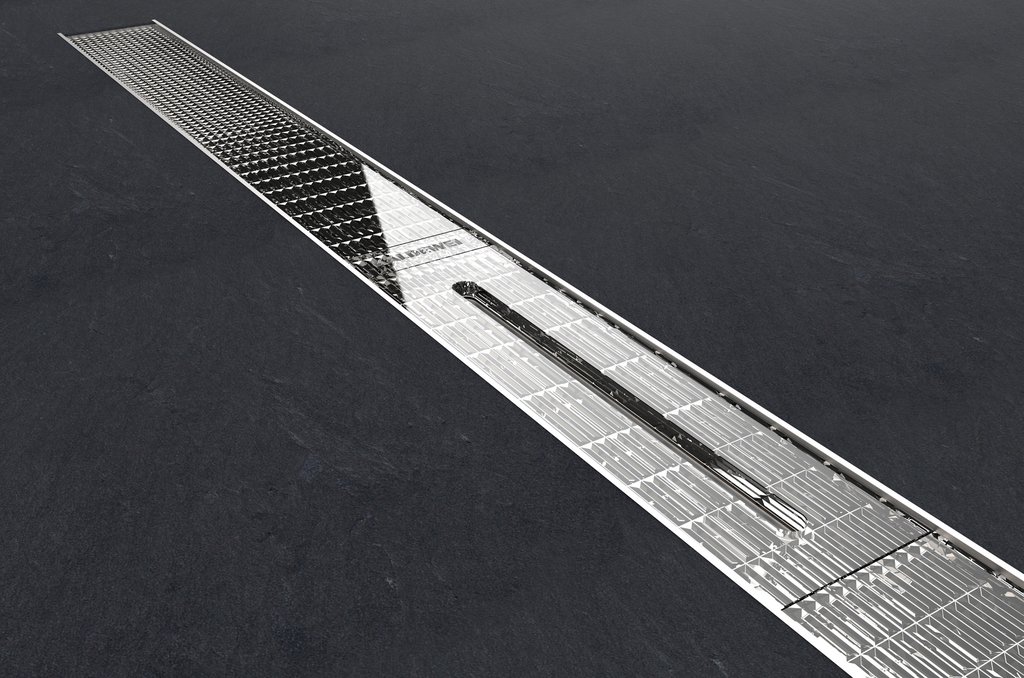In addition, Flatile offers the following specific characteristics which are advantageous not only in the bathroom but also in kitchens, halls, bedrooms or living-rooms:
• usable for the wall and the floor
• extensive range of series, colours, decorations and formats: from the mosaic up to 40x80cm
• large formats make small rooms or surfaces appear bigger
• floor tiles with slip resistance R9
• the “HT“ coating applied in-plant lends Flatile special characteristics: they are extremely easy to clean, have an antibacterial effect and eliminate unwelcome odours or air pollutants
Dry-pressed porcelain stoneware intentionally was not chosen as material type, as this sort of tiles is unusually hard and brittle and therefore - especially in a thin version - is difficult to process. Instead of it, extruded stoneware is used, which combines high breaking strengths (1,100 N = almost twice as high as required according to the relevant standard) and easy processability. This is achieved by special mass compositions and an exactly adjusted firing process.
The last aspect makes clear that there are peculiarities in the case of thin tiles. At the…
• production, extremely close tolerances regarding length, width and height (thickness) have to be complied with. This requires high ceramic competence throughout the process chain.
• advice, the circumstances of the individual case as well as the possibilities and limits of the material have to be taken into account.
• laying, a carefully working expert is needed, whose work is decisively facilitated by the intentional use of extruded stoneware.
Apart from that, the commonly known technical rules apply: attention has to be paid to a largely cavity-free laying bed, especially in the case of floor surfaces. For this, flexible thin-bed mortars according to DIN EN 12004 are to be used by the combined “buttering-floating“ method. For floors, floating-bed mortars can also be used. In that case, the use of quickly setting products is recommended in order to ensure a uniform hardening of the mortar bed also under the “centre“ of the tile.
This series just as the large part of the entire range (as far as technically possible) is also provided with HT. This revolutionary coating lends ceramic tiles special characteristics: they are extremely easy to clean, have an antibacterial effect without using chemical products and eliminate unwelcome odours as well as air pollutants. HT saves time and money and makes an important contribution to environmental protection.
For further information you can download the brochure of Flatiel here or look at www.flatile.de.












